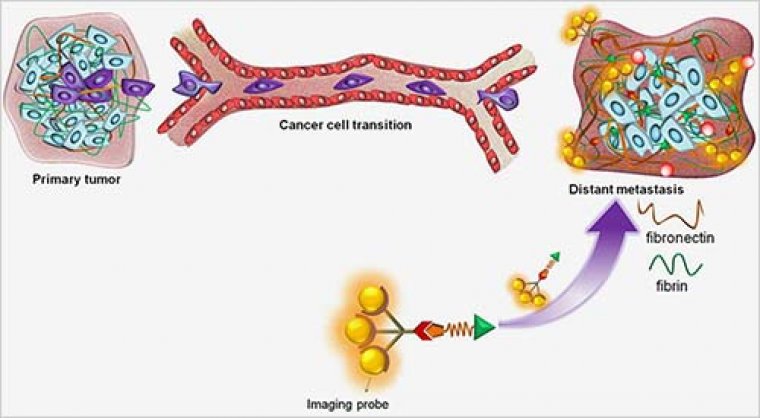| Health / Health News |
Tell-tale biomarker detects early breast cancer
NIH | AUGUST 19, 2015
Researchers have shown that magnetic resonance imaging (MRI) can detect the earliest signs of breast cancer recurrence and fast-growing tumors. Their approach detects micrometastases, breakaway tumor cells with the potential to develop into dangerous secondary breast cancer tumors elsewhere in the body. The approach may offer an improved way to detect early recurrence of breast cancer in women and men.

Metastasis occurs when cells are shed from primary breast cancer tumor and establish a new tumor at a distant site. ![]()
One-third of patients diagnosed with breast cancer eventually develop metastases in distant organs, with an increased risk of death. Breast cancer has a high rate of metastasis to bone, lung, liver, lymph nodes, and the brain.
The earliest signs of cancer spread are called micrometastases. As the name implies, they are often too small to be detected with standard screening. The team used a biochemical approach combined with MRI to detect molecular changes that signal micrometastases. To detect micrometastases, they used MRI imaging — which uses a magnetic field and radio waves to produce images – and combined it with a special chemical contrast solution.
The contrast solution that the team developed contains a short piece of protein, or peptide, tagged with a minuscule magnet.
The researchers collected images depicting metastases where breast cancer had spread beyond the original tumors. Metal molecules within the contrast solution are magnetized during the MRI process and enhance the image wherever the molecules of solution bind with the targeted protein.
YOU MAY ALSO LIKE

